
views
Five Stages of a Mosquito's Life
Mosquitoes, the pesky bloodsuckers, can surely make life unpleasant. We're all familiar with the annoyance of their buzzing and the itchiness of their bites. Moreover, these tiny creatures are carriers of dangerous diseases. In short, they can be a great nuisance to humanity.
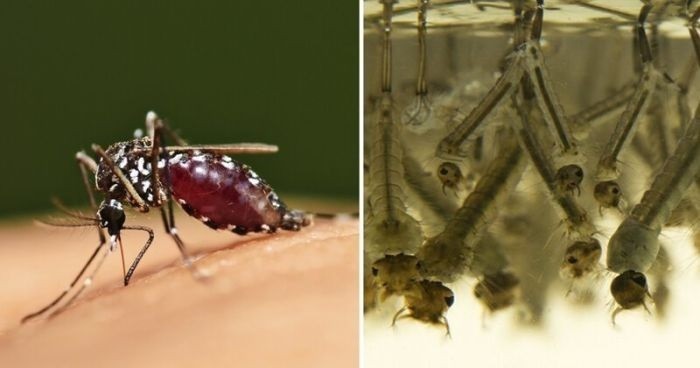
To effectively combat these bloodsuckers, it is essential to understand them better. It is worth noting that the lifespan of a mosquito is influenced by its gender. The females, in particular, pose the greatest threat. They are the ones who venture out in the evening to hunt, tirelessly swarming until dawn. A mosquito's life can be categorized into five stages.
Eggs
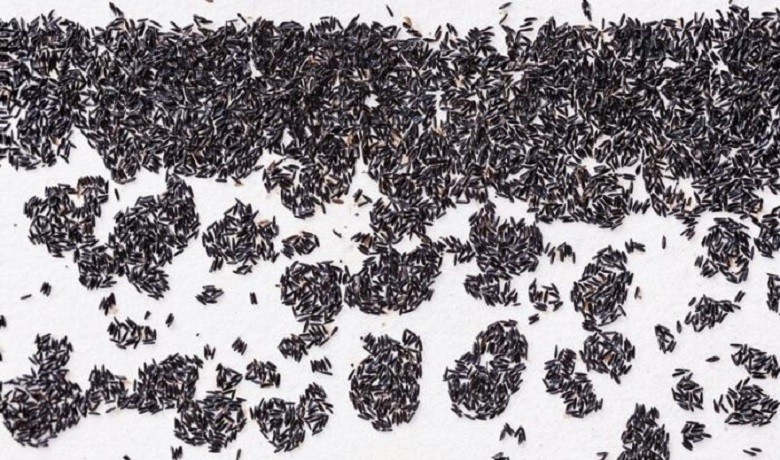
Each female mosquito lays around two to three hundred eggs. These eggs are typically attached to the back of grass blades or water fowl leaves, covered with a sticky shell.
Larvae
The eggs take approximately three days to mature. As they mature, they burst open, giving rise to small larvae. Initially, these future mosquitoes resemble tadpoles. The larvae fall into the water and extend their breathing tube to the surface.
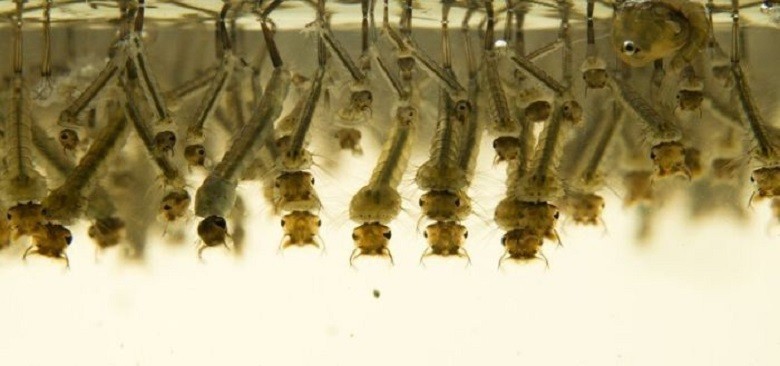
They are so tiny that they are almost invisible to the naked eye. Under a microscope, one can observe eyes and antennae, the latter being essential for feeding. The larvae extract tiny particles from river water by filtering it through their antennae.
Pupa
Not all larvae survive to reach the third stage of development, as they are at the very bottom of the food chain. However, the lucky ones are ready to pupate after three weeks of active feeding. During this phase, the larva becomes covered with a hard capsule, loses its respiratory tube, and undergoes significant transformations. The capsule occasionally rises to the water's surface, allowing the newly formed pupa to replenish its oxygen supply.
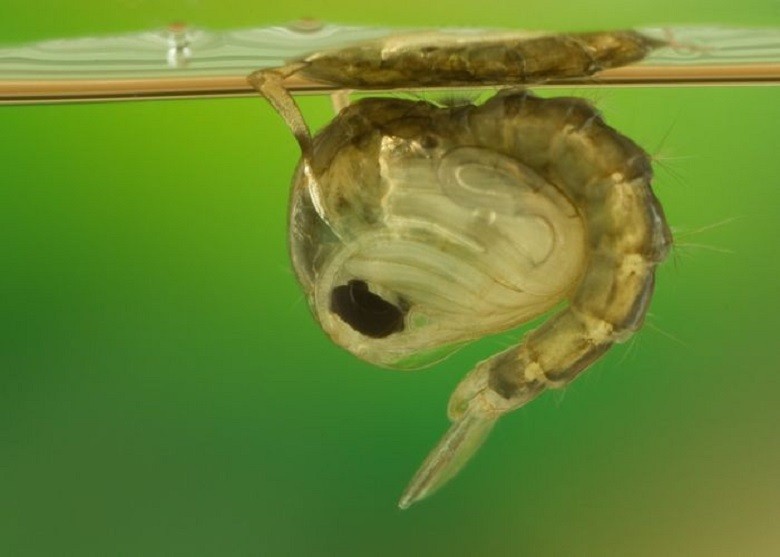
Within one of these "breathing" ascents, the hard shell splits open, setting free a fully formed mosquito complete with a proboscis, wings, and other body parts. Unlike females, males do not feed on blood; instead, they are vegetarians and remain close to bodies of water, consuming plant sap. Females, on the other hand, actively hunt warm-blooded animals, including humans.
By piercing the skin with their proboscis, these tiny bloodsuckers obtain the meal they need to ensure the maturation of future clutches. Additionally, females attract males with their characteristic flight sound, which is perceived by us as an unpleasant squeak. Once satisfied and after the eggs have matured, the female mosquito returns to the water to continue the mosquito family cycle.
Wintering and Death
Male mosquitoes have a lifespan of just one summer and die with the arrival of the first cold weather. Females, however, need to ensure a safe winter as their eggs will only mature in spring. To survive the winter, the female mosquito finds a suitable hiding spot and enters into a state of hibernation.
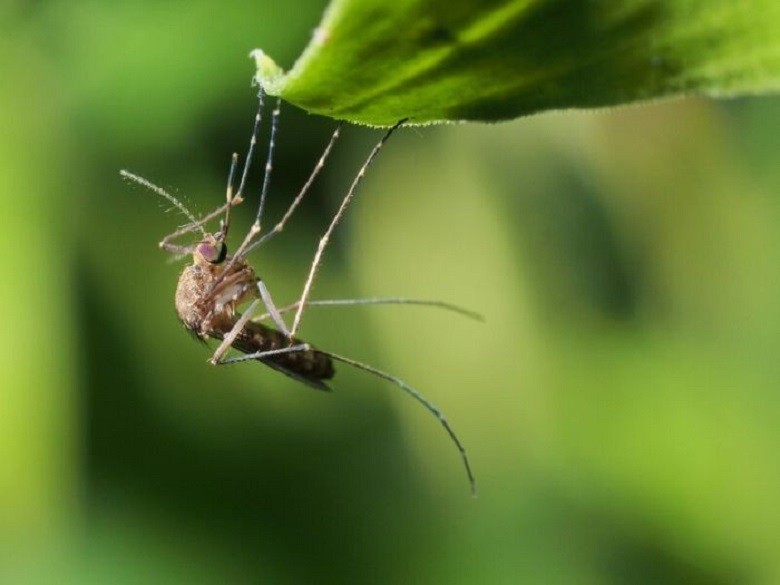
With the onset of warmth, she wakes up and immediately goes hunting after a long winter of hunger. After taking a blood meal, the mosquito searches for a suitable grass blade or leaf above water to lay a clutch of around two to three hundred eggs.
Having ensured the continuation of the species, the insect eventually meets its demise. Three days later, the eggs hatch, and the cycle of mosquito life begins anew.


















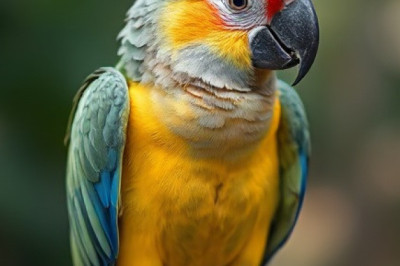

Comments
0 comment